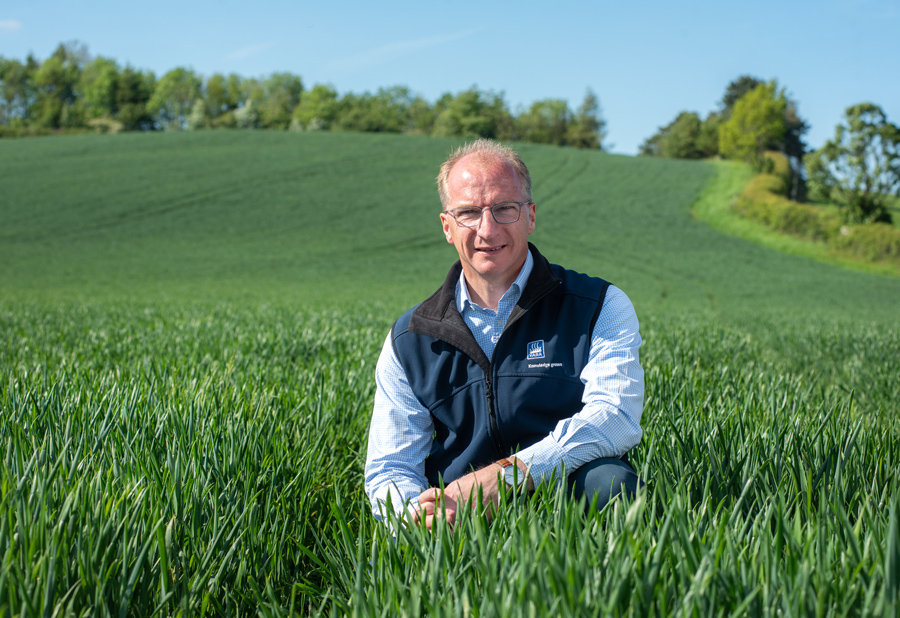Maximise protein levels in milling wheat to secure higher revenue
27th May 2020
A poor drilling window and prolonged dry spell this spring has resulted in many farms suffering from lower potential wheat yields this year. As a result, growers are looking to derive as much value as possible from every tonne of wheat.
A poor drilling window and prolonged dry spell this spring has resulted in many farms suffering from lower potential wheat yields this year. As a result, growers are looking to derive as much value as possible from every tonne of wheat. “Milling wheat premiums are worth shooting for if your yield expectations are lower,” says Mark Tucker, Agronomy Manager at Yara. “It does require a shift in thinking, however. You need to look closer at the price fetched per tonne. If you do that, it becomes possible to recoup a significant portion of value lost due to poorer yields.”
Mark lays out the figures to demonstrate this: A good wheat crop will generally yield ten tonnes, at a price of £150 per tonne. This results in £1,500 gross revenue. If your wheat crop only reaches eight tonnes due to weather conditions, more value per tonne is needed to reach that revenue target. In this example, it would require £187 per tonne rather than £150.
How can this be achieved? It’s of course possible to sell tactically and get a better price – but this can be a gamble. Another approach is to secure a premium according to the produced wheat’s quality. Boosting protein to high enough levels can procure a premium of roughly £15 per tonne. In a typical yield of 8.5 tonnes/ha, the milling wheat premium value would be worth about £127.50/ha. “How can growers ensure this result for their crop?” asks Mark. “Nitrogen management is the most sure-fire way to hit the required protein levels.”
Mark advises applying an extra 40kg of solid nitrogen fertiliser (in a granule form) per hectare to lift protein levels. “Normally this should be added quite late in wheat terms,” says Mark. “Around growth stage 39 would be the ideal time.”
Applying at these rates, Mark estimates, will cost about £27.50, which would add around 0.6% protein. Every 0.1% will add £1 extra value per tonne. So, this would mean an increased value of £6 per tonne. With 8.5 tonnes per hectare, the total would come to £51 in increased value. “That is the minimum of what growers could expect,” says Mark. “Where most farms fall short is failing to get protein levels up to 13%. That nitrogen application can help get you over the line.”
While the investment might turn some off due to the expense, the results more than make up for the cost. The premium value can actually rise above the figures shown – these are the minimum results to be expected. However, there are some caveats: “This is dependent on a solid nutrition programme,” says Mark. “Sulphur also needs to be applied during the season. If needed, this can be done via a late foliar application. Zinc is also fundamental for nitrogen metabolism and building protein. In any given year, 60% of crops are deficient in zinc. Trials have shown that applications of zinc during T2 can increase grain protein by up to 1.4%”
“Growers should ensure their overall nutrition is strong in order to maximise their chances of hitting their protein targets,” adds Mark. “There are also smart precision farming tools available to aid application, if that works with your farm.”
“The simple fact is that by making that small investment, you can get a £1.85 return for every £1 invested. That’s almost double the return of investment – a huge increase in value, especially at difficult times like these.”



